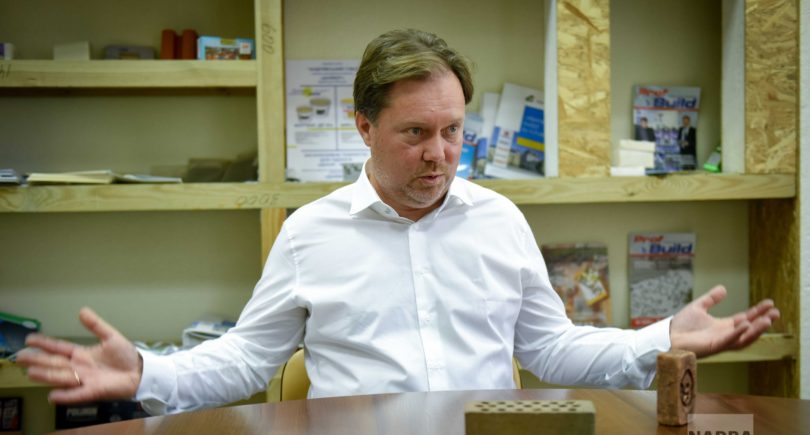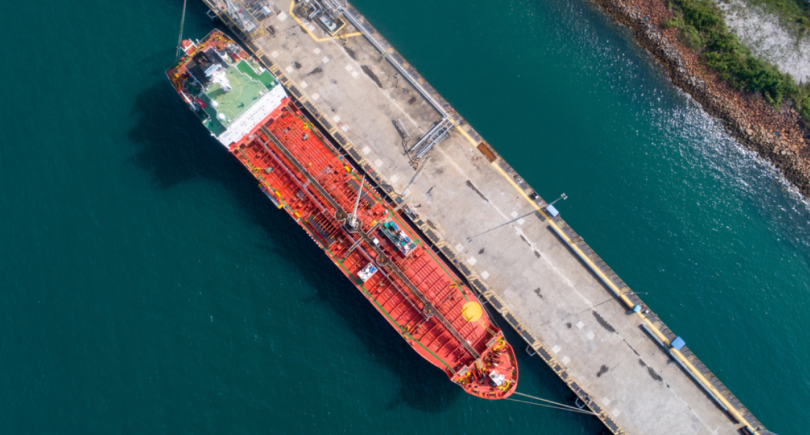
Opinions Infrastructure bridges 1670 20 June 2023
Bridges are being restored with the help of partners – 7 temporary crossings have been installed, 18 more are expected
Reference: as of the beginning of 2020, there were 16,155 bridges on the balance sheet of Ukravtodor, including 5,845 structures on state roads, and 10,310 on local roads.
According to the Ministry of Regions, by the end of 2020, 12,097 bridges and overpasses were in operation in Ukraine (12,064 in 2019), of which: 8,936 (8886) – for automobiles, 2,391 (2,395) – for pedestrians, and 770 (783) – for overpasses. The total length of bridges and overpasses at the end of 2020 was 746.8 km.
The average age of bridges in the country exceeds 55 years, and more than 80% of the structures were built before 1980 and have not had major repairs since their construction. At the same time, formally, everything is not so bad – the number of emergency bridges is small.
According to the Ministry of Regions, of the total number of bridges and overpasses in 2019-2020 (12,079 and 12,097 units), 405 (3.35%) and 393 (3.25%) respectively do not ensure traffic safety. Over the years this figure has hardly changed: in 2015, the number of «tired» bridges according to documents was almost the same – 382 structures.
Bridges are one of the priority areas of work of the Reconstruction Agency during the war. Repair crews leave immediately after the explosive devices to the de-occupied territories, because the survival of people literally depends on the transport infrastructure. According to our latest calculations, as a result of Russian military aggression in Ukraine, 346 bridges and overpasses have been damaged and destroyed, of which 157 are on state roads.
The Recovery Agency team has made 85 crossings on state roads since the start of the full-scale war. They helped to avoid a collapse and establish connections along the main routes of the country.
Permanent solutions in strategic directions
Temporary crossings can provide connections for a certain short-term period: weeks, months, a year. The duration of operation is directly proportional to the intensity of loads, the amount of transport. On the key highways of the country, temporary crossings can function for the shortest time – they quickly wear out due to heavy traffic. Because of this, last year the Agency, in coordination with the Ministry of Reconstruction and regional military administrations, began full-scale restoration of bridges on strategic routes.
During 2022, we rebuilt 41 cities, 8 of which were destroyed by war. In 2023, the Agency has already rebuilt and opened 6 bridges in Zhytomyr, Kyiv and Chernihiv regions. Currently, the restoration of another 25 bridges in Zhytomyr, Kyiv, Chernihiv, Kharkiv, Kherson and Mykolaiv regions is underway.
We use the products of domestic producers
Reconstruction of the transport infrastructure during the war is an extremely difficult process and great expense for the country. The reconstruction of bridges requires complex and auxiliary steel structures – span structures, rebar, expansion joints, lighting supports, handrails and barriers, pipes, I-beams, channels. 100% of the steel structures used during the construction, reconstruction and overhaul of bridges on state roads are from Ukrainian plants.
International support
A number of European countries sent temporary bridges as humanitarian aid. The Czech Republic, France, Norway and Sweden provided Ukraine with steel modular crossings, which are suitable for the movement of both cars and trucks.
The Czech Republic was the first to start sending acrow/bailey steel crossings to Ukraine and train our specialists in the intricacies of installing these structures. Since July 2022, the partners have handed over 24 temporary bridges and one pontoon, some of which have already been installed on state roads in Kyiv, Cherkasy, Kharkiv and Lviv regions. We are also preparing to install two temporary bridges in the Kherson region after the improvement of the security situation.
Aid from the French humanitarian mission came specifically to the Chernihiv region. By the way, the largest number of bridges were destroyed here compared to other de-occupied regions – 27. The French company Matière made three bridges to restore communication with the main roads of Chernihiv region. Two have already been installed and this year the third will be operational.
The Norwegian State Road Administration also provided Ukraine with humanitarian aid in the form of 10 bridges. These are temporary bridge structures suitable for the movement of heavy vehicles. With the help of Norwegian structures, we are now restoring the road in the Chernivtsi region. We are building a temporary bridge across the Prut River on the strategic route to the Ukrainian-Romanian border. The 120-meter bridge is combined with 4 modular bridges from Norwegian partners. We will also soon start installing temporary bridges from Scandinavian partners in the Kharkiv region.
Sweden sent 17 sets of pontoons and 6 boats to the Recovery Agency. These are the first such special vehicles that civilian road workers received.
In April, the Recovery Agency launched the Modular Bridge project together with the US non-profit CDF Foundation and the Howard Buffett Foundation. It was agreed on the financing of 9 modular bridges by the foundation. We plan to install American modular structures in the Kharkiv, Mykolaiv and Kherson regions. In addition, at the beginning of June, they signed a grant agreement with the European Investment Bank (EIB) on the allocation of more than €50 million for the purchase of temporary bridges.
In total, as of today, the Agency has installed 7 temporary bridges from international partners. We expect the arrival of another 18 crossings from France, Lithuania, Belgium, Japan and the USA.






